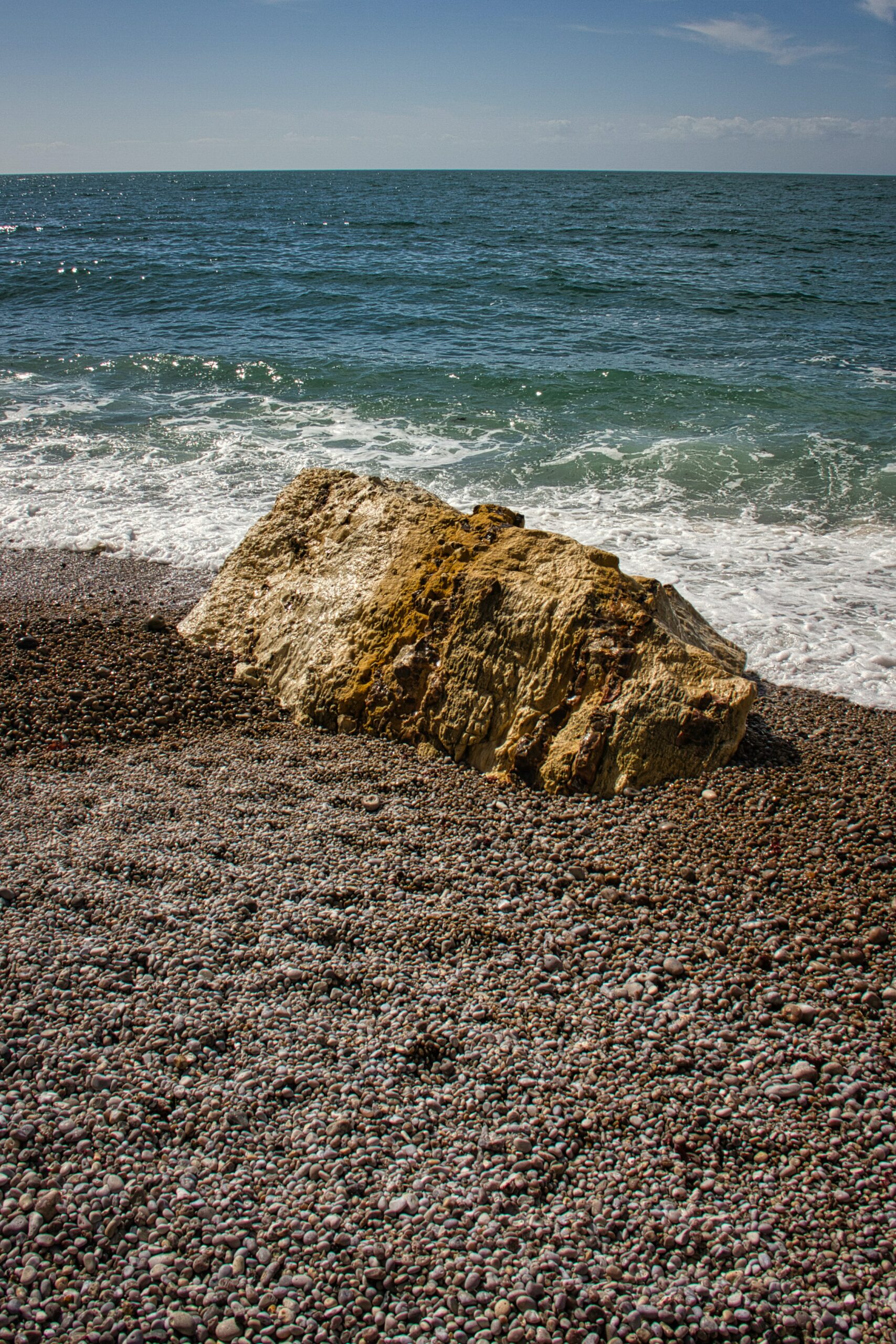HPE's Spaceborne Computer-2 completes 24 experiments on the ISS, giving astronauts more freedom to do their own computing, 3D printing, and more.
A little less than a year after its installation on the International Space Station, HPE's Spaceborne Computer-2 (SB-2) has already successfully completed 24 research experiments. With the SB-2, HPE's partners have used AI to inspect astronaut gloves for dangerous flaws, enable 3D printing in space, and analyze satellite imagery of the Earth.
The experiments show how advanced computing systems in space can help astronauts analyze data without having to send it back to Earth. The development of AI-powered systems powerful enough to process large amounts of data in real time and robust enough to withstand the conditions in space will help astronauts on their journeys to the Moon, Mars and beyond to become more independent.
The experiments show "new possibilities for space exploration and milestones for mankind," said Dr. Mark Fernandez, the head of HPE's Spaceborne Computer-2, in a statement.
The SB-2 was launched in February 2021 after its predecessor, the HPE Spaceborne Computer, completed a successful proof-of-concept mission aboard the ISS. HPE systems are designed to withstand the harsh physical conditions of space – variables such as radiation, solar flares, micrometeoroids, unstable electrical power and erratic cooling. The SB-2 offers twice the processing power of its predecessor and is equipped with graphics processors to efficiently process image-intensive data such as images of the polar caps on Earth or medical X-rays. The GPUs also support special projects that use AI and machine learning.
Another experiment looked at 3D printing, which could help astronauts repair or build new equipment on long journeys. Cornell University researchers have developed modeling software that can simulate 3D printing of metal parts and even predict flaws or deformation that printing in the harsh conditions of space can cause. The software was successfully tested on SB-2, proving that it can be used in space to digitally simulate a part to understand how it will behave in the real world.
NASA's Jet Propulsion Laboratory (JPL) used SB-2 to test deep learning inference networks developed for analyzing images of Earth after a disaster. JPL observes the Earth from space to study the science and climate, but also to help after disasters like floods and hurricanes. Examining satellite imagery aboard future spacecraft could help provide quick assistance.



